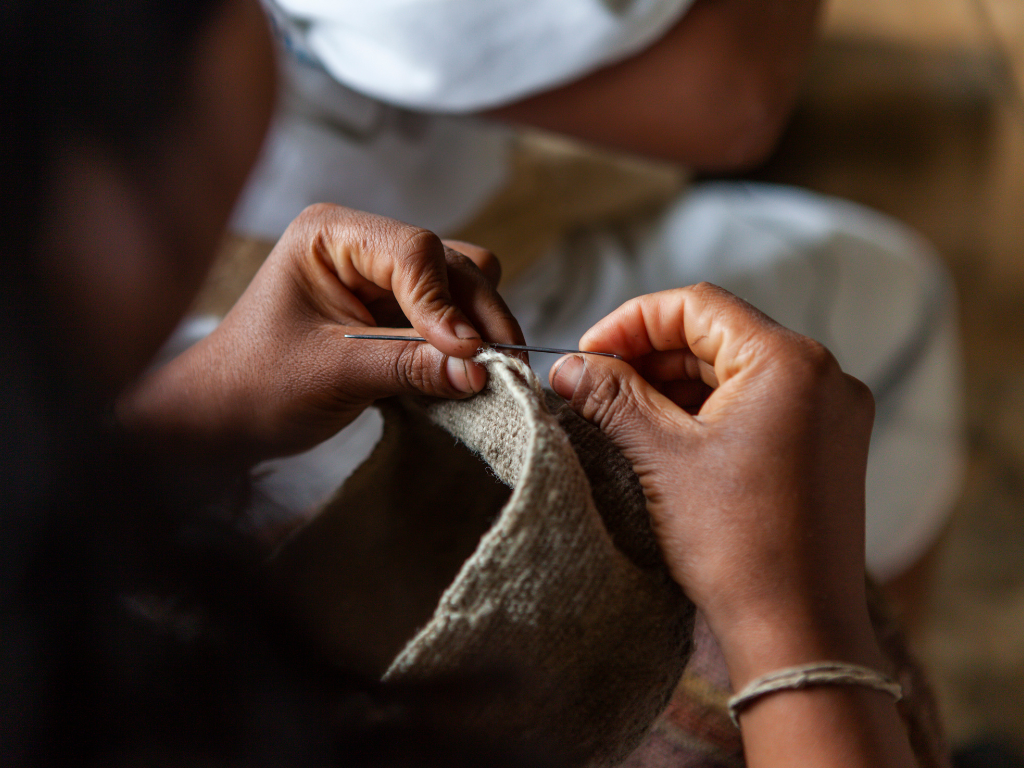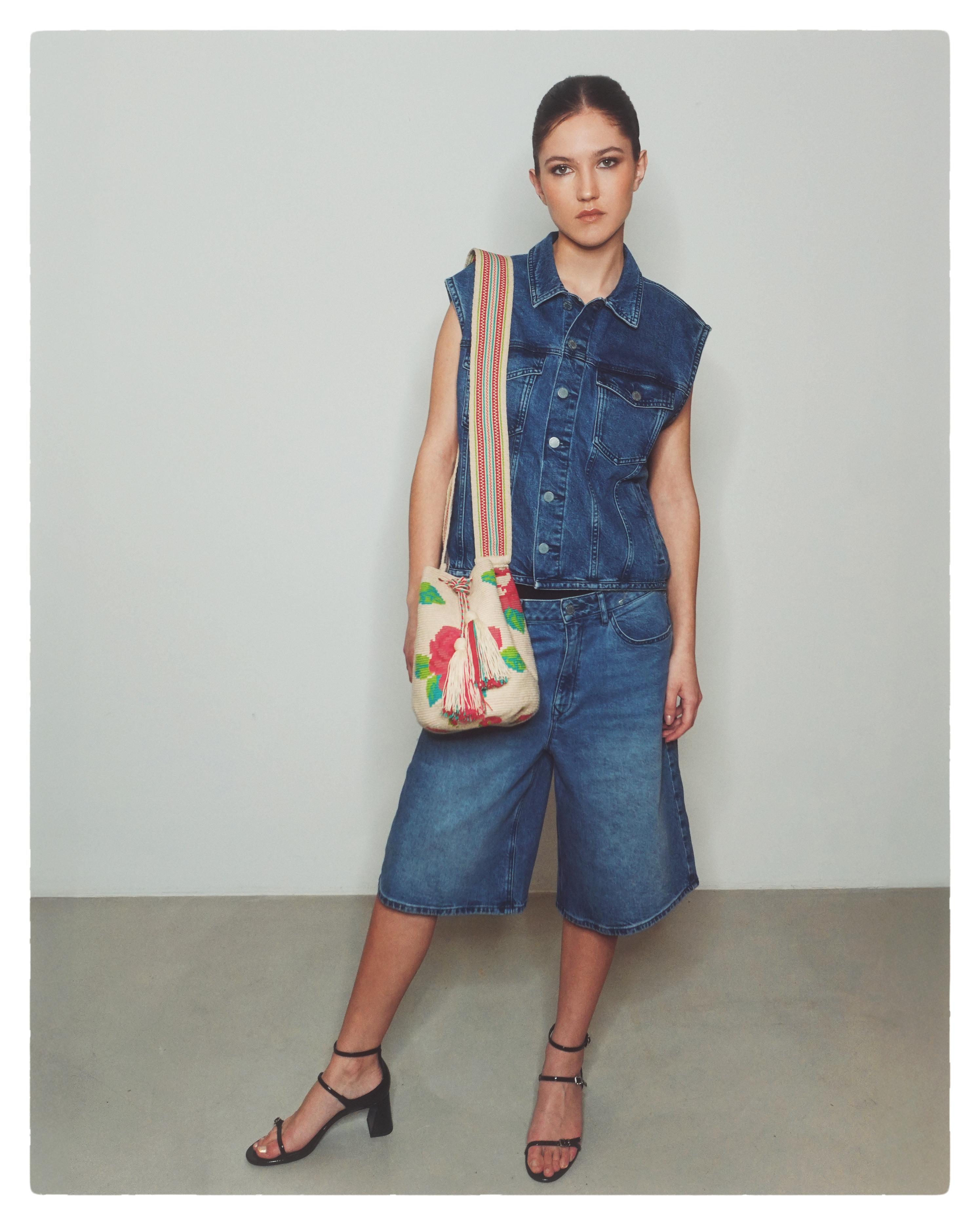
Territory
The Arhuacos, also known as the Iku, are an indigenous community living in the Sierra Nevada de Santa Marta, a stunning coastal mountain range in northeastern Colombia. This sacred land has been their home for centuries, and despite losing part of their territory, they continue their fight to reclaim it.
Historically, the Arhuaco territory stretched from the snow-capped peaks of the Sierra down to the Guatapurí (Valledupar) and Mamatoco (Santa Marta) rivers. Today, they primarily live in the southern and southwestern areas, but due to land loss over time, they currently occupy only 38% of their ancestral land, with just 28% officially recognized.
The Sierra Nevada de Santa Marta is the world’s largest coastal mountain range and was declared a UNESCO Biosphere Reserve in 1978. The Arhuacos inhabit a breathtaking area of 600,000 hectares, spread across various indigenous reserves. This region is an ecological wonder, home to lush tropical forests, high-altitude páramos, and vital river basins.
Until recently, four indigenous communities coexisted in the Sierra, each with its own language and traditions:
🌀 Kogi (Kággaba) – "The Jaguar People" from the northern slopes
🌀 Sanha (Wiwa) – from the northeastern slopes
🌀 Kankuamo – once on the eastern slopes, now assimilated into modern society
🌀 Iku (Arhuaco) – from the southern and southwestern slopes, identifying themselves simply as "People"The Arhuacos are one of the main indigenous cultures of the region, standing out for their unique worldview, language, and social organization.
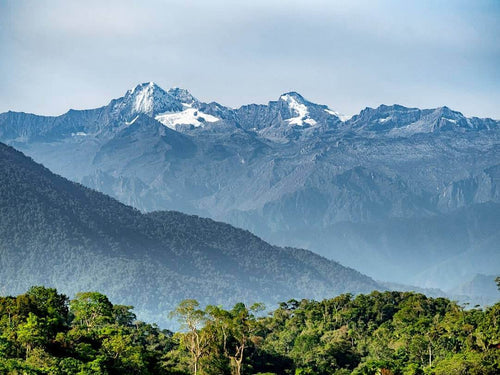
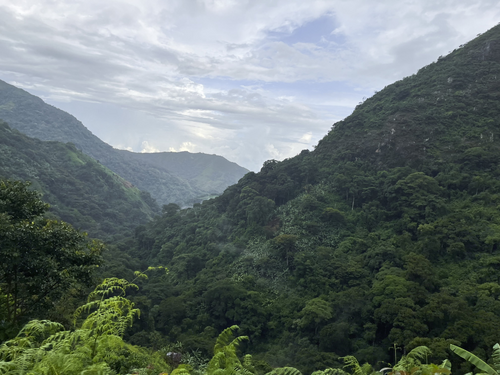
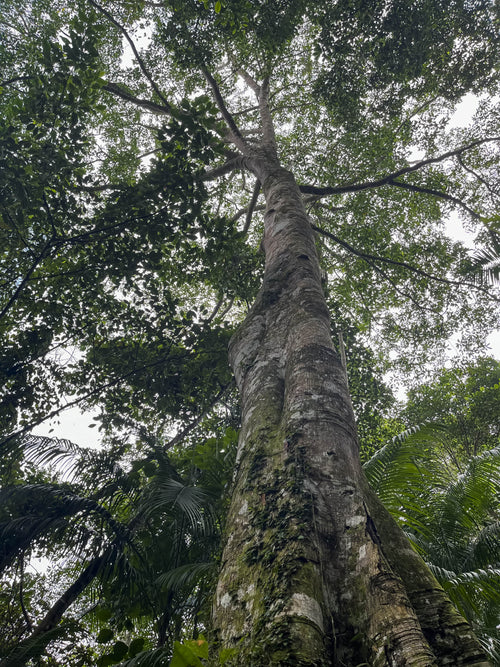

Cultural Identity and Traditions
The Arhuacos speak Ika, their native language, though many also speak Spanish due to interactions with the broader Colombian society. Their way of life is deeply connected to nature and guided by spiritual leaders called
Mamos,
who preserve their ancestral wisdom. At the heart of their culture is Nabusímake, the spiritual and cultural capital of the Iku people, while surrounding communities are scattered across different ecological zones where families engage in farming, livestock herding, and sustainable living. They rely on agriculture, hunting, and gathering for survival, cultivating corn, cassava, plantains, and coffee, raising animals, and trading goods with neighboring communities. Over time, they have strengthened the production of organic coffee, cacao, honey, and artisanal crafts, sharing their traditions with the world. Like many Indigenous peoples, the Arhuacos face challenges such as territorial loss due to agricultural expansion and external pressures, yet they continue to defend their land, rights, and way of life, ensuring their culture and traditions remain strong for generations to come.
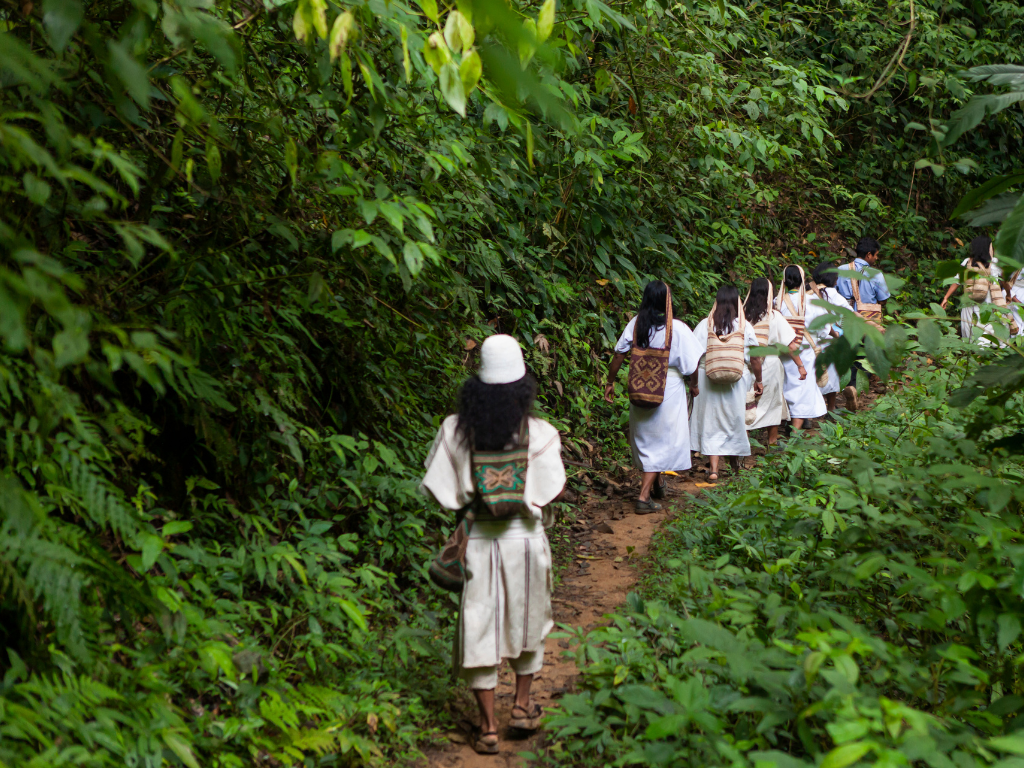
Artisanal Craftsmanship
For the Iku, weaving holds profound significance, serving as a fundamental element of their worldview and daily life. This sacred practice represents the construction, creation, and multiplication of beings and thoughts across past, present, and future. The
mochila
is central to Arhuaco thought, symbolizing the origins of the universe when only spiritual design existed in the shadows, before matter and duality emerged. As the world transformed, the Creator assigned roles to every being according to their geography, form, and nature. With the arrival of light, animals and plants foresaw the coming of humankind, and the empirical world took shape as established by the Supreme Being. In those early times, spiders and silkworms wove clothing, while birds like the
oropéndola
and
macuáo
crafted sacred
tutu
bags. The first woman, Ati Nawowa, was entrusted by the Supreme Spirit with passing down the wisdom of threads and weaving, a knowledge she shared with the Iku people, making the
mochila
a symbol of life itself. For the Arhuacos, continuing their ancestral craft is not just a tradition but an act of identity, a way to clothe themselves in their heritage, and a means to keep the legacy of the Mother alive. Weaving is the sacred inheritance left by Ati Nawowa, the creator of all the textiles they hold today, which must be preserved for generations to come.
